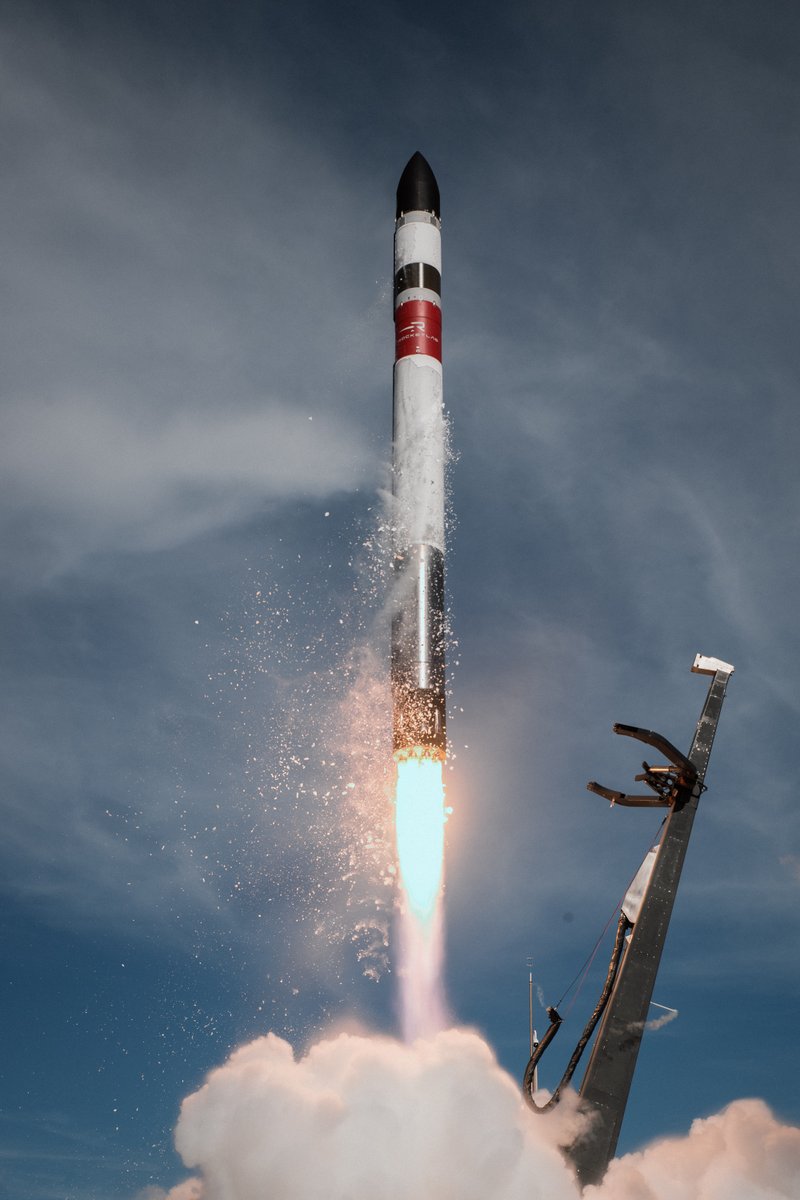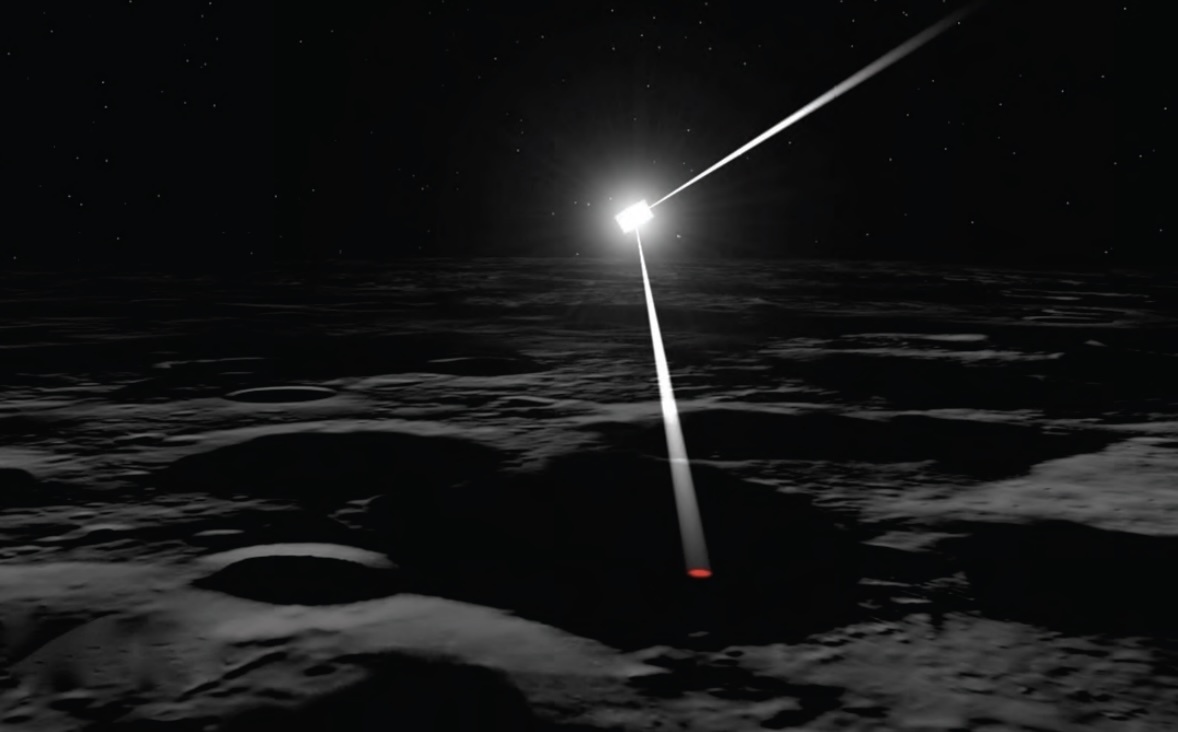Satellites in orbit use rocket propulsion to maintain their altitude. These engines require fuel to power their chemical or ion engines but when the fuel runs out, the orbit slowly erodes with the satellite re-entering the atmosphere. A new type of electrical propulsion has been developed that has no need for onboard fuel. Instead it syphons air particles out of the atmosphere and accelerates them to provide thrust. Much like an ion engine but this time, the fuel source is air making it ideal for low Earth orbits.
Continue reading “Next Generation Satellites Might Skim the Atmosphere, Using Air as a Propellant”Next Generation Satellites Might Skim the Atmosphere, Using Air as a Propellant



